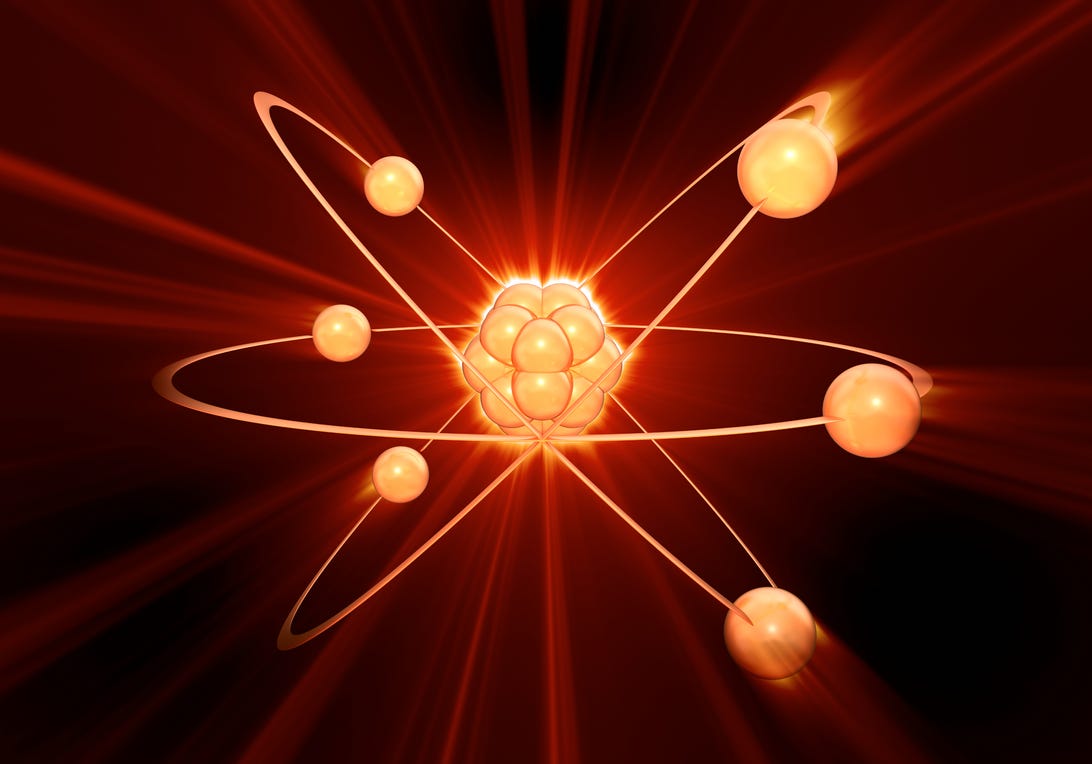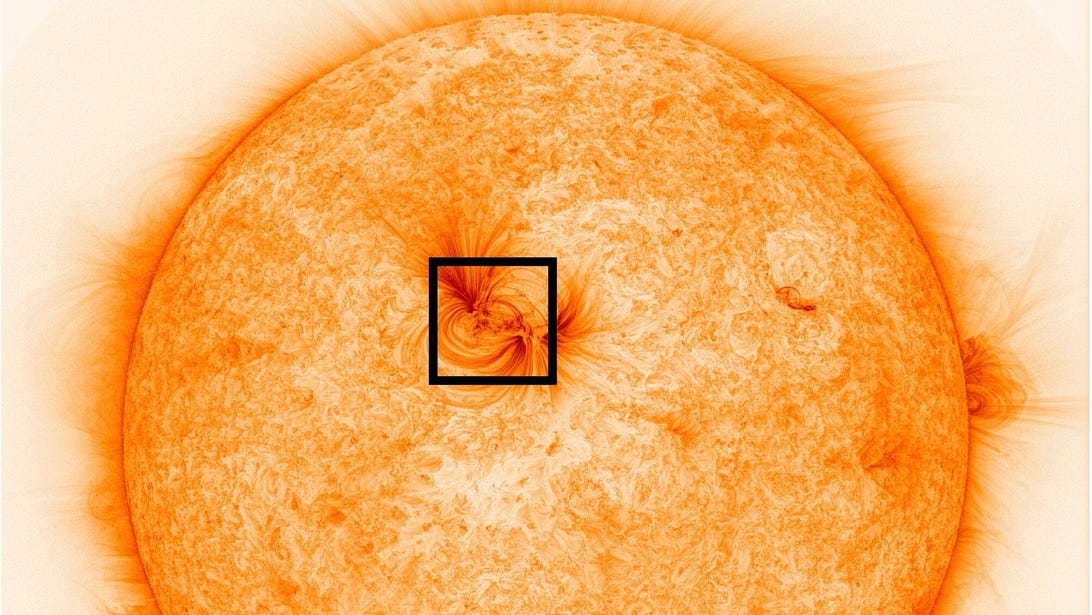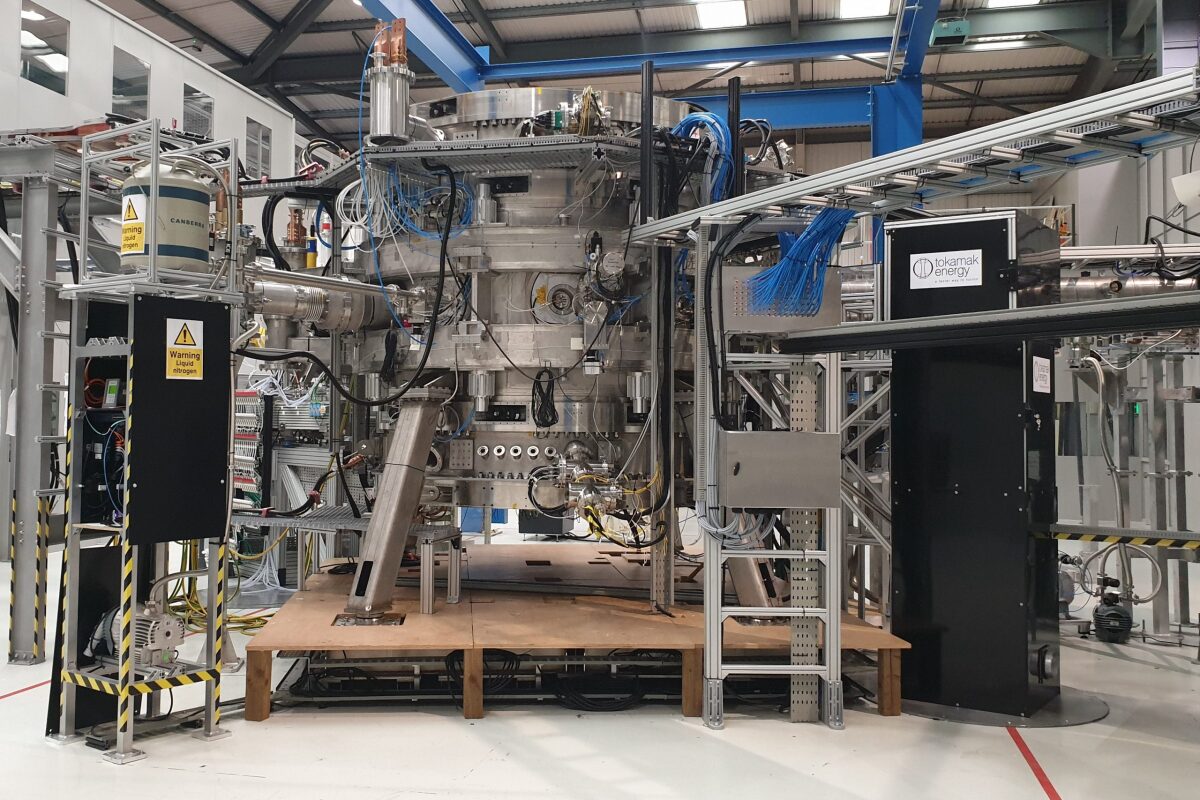Space Junk Crashed Into the Far Side of the Moon at 5,800 MPH

Artist’s animation of a rocket booster crashing into the moon.
Observers have been tracking a chunk of space junk, waiting for it to strike the Moon. It should’ve hit the far side of the Moon, and hopefully, orbiters will have images of the impact site, though that might take a while.
The origins of the junk are in dispute. Some say it’s a spent booster from a Chinese rocket. Others say it’s from a SpaceX rocket. So far, nobody is claiming it.
Bill Gray was the first one to spot the object. Gray writes the Project Pluto software that tracks Near-Earth Objects (NEOs.) Initially, Gray said the object was the second stage from NASA’s DISCOVR spacecraft launched in 2015. That was a SpaceX Falcon 9 upper stage. Then he retracted that after talking with JPL. Now Gray says that it’s a Chang’e 5-T1 rocket booster from 2014. China denies it, which isn’t surprising.
But whatever it is, Gray said on his website, “If this were a rock, I’d be 100% certain. (And I am 100% certain it will hit close to the above point at that time.) But space junk can be a little tricky.”

Bill Gray from Project Pluto calculated that the space junk would hit at or near the green x in this image. Hertzsprung crater is an enormous impact crater on the lunar far side, and it’s about 570 km (350 miles) in diameter. Credit: Bill Gray/Project Pluto
The hunk of junk has been traveling through space for seven years and impacted the Moon at about 9300 kph (5800 mph.) It should’ve struck the Moon on March 4th, and it should’ve left a crater about 20 meters (65 feet) in diameter. No observers, human or technological, were in a position to watch the impact.
But NASA’s Lunar Reconnaissance Orbiter (LRO) will try to find it. That could take weeks or even months, though.
“NASA’s Lunar Reconnaissance Orbiter will use its cameras to attempt to identify the impact site and determine any potential changes to the lunar environment resulting from this object’s impact,” an agency spokesman told The Wall Street Journal. “The search for the impact crater will be challenging and might take weeks to months.”
NASA’s LRO carries a suite of scientific instruments, including a camera system called the Lunar Reconnaissance Orbiter Camera (LROC). LROC captures high-resolution images of the lunar surface. It’s spotted equipment left behind by the Apollo missions, so it should be able to find the impact site and what’s left of the space junk. (Moon junk?)

The Lunar Reconnaissance Orbiter captured images of the Apollo 15 landing site, including some of the debris left behind. Hopefully, it’ll have no problem finding the space junk impact site from March 2022. PSE is the Passive Seismometer Experiment. LRRR is the Lunar Ranging Retroreflector. They were both parts of the Apollo Lunar Surface Experiments Package (ALSEP.) Credit: NASA/ASU/LRO
This is more than just a tale of a wayward piece of space debris with unacknowledged origins; there’s some science involved.
There’s a lot that scientists don’t know about impact craters. Impact craters are everywhere, and they’ve been imaged and studied in depth. But this is a chance to see a newly-formed crater. And in this case, we know the mass of the impactor, and we know its velocity. Scientists can also tell the object’s orientation at the time of impact from the crater shape and the ejecta. The impact will also reveal data about the impact site itself.
Paul Hayne is Assistant Professor of Astrophysical and Planetary Sciences at the University of Colorado, Boulder. He’s the author and co-author of many papers on the Moon and other planetary science topics. He wrote an article at “The Conversation” about the impact called “A rocket crashes into the Moon – the accidental experiment will shed light on the physics of impacts in space.”
“Without knowing the specifics of what created a crater, there is only so much scientists can learn by studying one,” Hayne writes. “As a planetary scientist who studies the Moon, I view this unplanned impact as an exciting opportunity.”
Usually, when a human-made object strikes a Solar System body, it’s by design. So this impact is like an unplanned experiment. What can researchers learn?
When we look at planets like Mercury and Earth’s Moon, we see surfaces that have been battered by impacts for billions of years. There’s a lot scientists still don’t know about the impact process and the physics behind it. “A deeper understanding of impact physics will go a long way in helping researchers interpret the barren landscape of the Moon and also the effects impacts have on Earth and other planets,” Hayne writes.
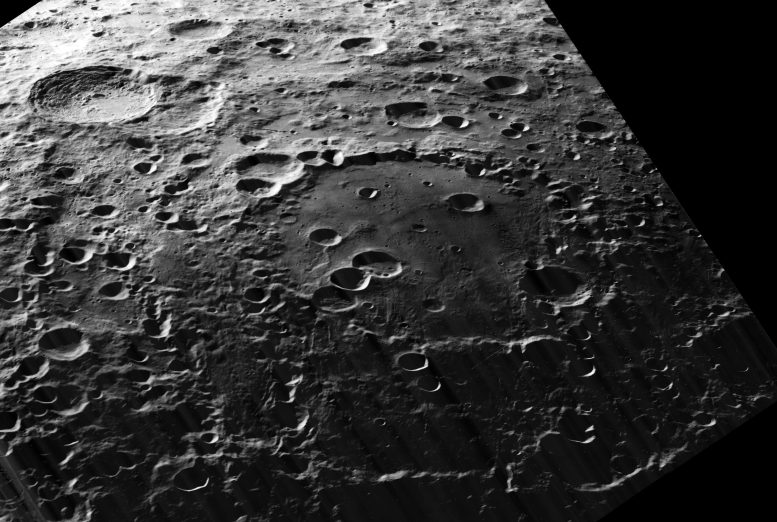
This is an image of the Hertzsprung crater from Lunar Orbiter 5. Credit: NASA/Lunar and Planetary Institute
We don’t know whose rocket stage it is, but we know the approximate size and mass. It’s about 12 meters (40 ft) long and weighs about 4,500 kg (10,000 lbs.) When the object strikes the Moon, a shockwave will travel the object’s length, and the back end will be destroyed, sending metal debris in all directions. We know this because of NASA’s Lunar Crater Observation and Sensing Satellite (LCROSS) mission.
NASA launched LCROSS at the same time as the LRO. Its mission was to determine the nature of the hydrogen that India’s Chandrayaan-1 probed sensed at the Moon’s polar regions. LCROSS successfully detected water, but it did something else important, too. It collected and relayed data from the spent Centaur upper stage as it crashed into the Moon on October 9th, 2009.
Scientists also performed impact experiments at the NASA Ames Vertical Gun Range designed to recreate the impact and study it further. They were able to explore the impact plume and the ejecta and to determine how much volatiles can be released by such an impact. The combined effort shed light on how impacts could’ve delivered liquid water and other materials.
“By studying the composition of the dust plume lofted into the sunlight, scientists were able to find signs of a few hundred pounds of water ice that had been liberated from the Moon’s surface by the impact. This was a crucial piece of evidence to support the idea that for billions of years, comets have been delivering water and organic compounds to the Moon when they crash on its surface,” Haynes writes.
Steady impacts over billions of years have shaped the Moon’s surface, creating a layer of loose, pulverized rock that covers most airless worlds. This process is widespread but not well-understood. “However, the overall physics of this process is poorly understood despite how common it is,” Hayne writes.
Unfortunately, the LCROSS crater is hidden in perpetual shadows and has resisted further study.
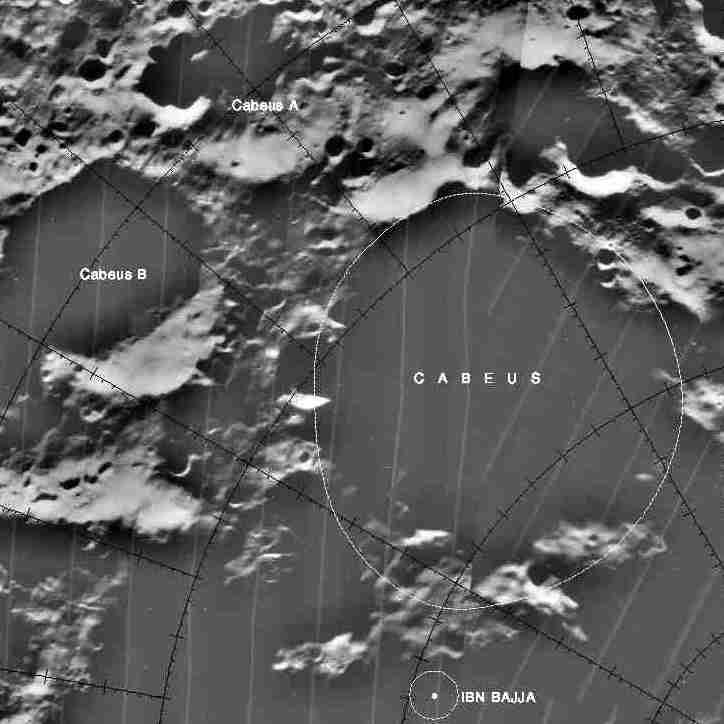
LCROSS crashed into the Cabeus crater, only 100 km (62 miles) from the lunar south pole. At that location, the impact crater is in almost perpetual shadow. Image Credit: USGS
But this time, it’s different. Though this impact is unintentional, it’s another opportunity to learn more about the Moon, impacts, and the transportation of water and other materials around the Solar System. We just have to wait for the LRO to get in a position where its powerful cameras can get to work.
Scientists will then have access to before and after images of the impact site, and they’ll be able to identify changes in the surface, which can extend for hundreds of meters.
This impact and its lessons are essential when we look to the future. There are a bunch of missions to the Moon planned by multiple agencies, even private companies. The more we learn now, the better prepared these missions will be.
As for Bill Gray, the man who first spotted the rocket debris, he maintains that it’s a Chinese booster. Gray pointed out that there are some quirks in the object’s path. On his website, he says, “I’d have expected the perigee to be near the earth’s surface. The perigee seemed quite high.” He attributed that to fuel that remained in the booster after separation. “However, rocket hardware often does strange things in its early days in space, with leftover fuel leaking out and pushing it around. That causes changes in the orbit so that when you try to figure out where the junk came from, you get a wrong (or at least altered) answer.”
Haynes doesn’t seem as concerned with the object’s origins as Gray is, and he sees it as inadvertent, though welcome, science. “Regardless of this wayward rocket’s identity, this rare impact event will provide new insights that may prove critical to the success of future missions to the Moon and beyond,” Haynes writes.
When it comes to the object itself, we may never know who sent it into space. But that doesn’t matter. The party responsible might not want to admit it’s their rocket, but they’re the unwitting funders of a serendipitous science experiment that might’ve cost millions to perform on purpose.
Originally published on Universe Today.












